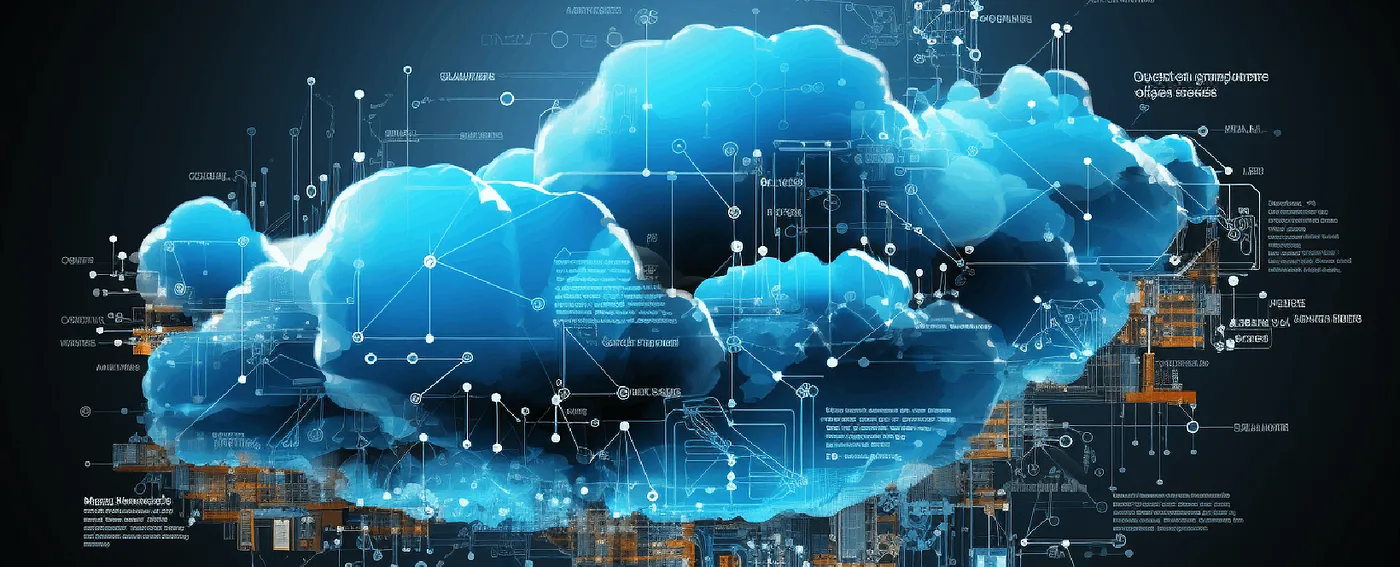Unveiling the Differences
As we delve further into the Digital Age, terms like ‘Cloud Computing’ and ‘Edge Computing’ are becoming increasingly prevalent. These aren’t just buzzwords; they represent critical paradigms that could change the way we interact with technology. Understanding these concepts, their benefits, drawbacks, and differences are fundamental to growing in a world ruled by data.
An Introduction To Cloud Computing
Let’s start by unraveling the concept of cloud computing, which has been a game-changer in the IT universe for the last decade. Imagine being able to access your data or your programs over the Internet instead of your computer’s hard drive. That’s essentially what cloud computing is all about.
data = AccessDataFromCloud(‘your_data’)
process_data(data)
This model offers a myriad of benefits, such as cost-effectiveness by reducing hardware requirements, increased scalability and flexibility, and easy global access. Applications from email to video streaming services leverage the power of cloud computing.
Introducing Edge Computing
Edge computing, on the other hand, can be conceived as the next evolution in data processing. As we invite more devices into our digital ecosystem (the Internet of Things — IoT), the efficiency of processing data centrally in the cloud begins to wane. That’s where edge computing steps in.
In essence, edge computing pushes the computational process towards the ‘edge’ of the network, closer to where the data is generated. This approach drastically reduces latency and enhances response times.
data = ProcessDataAtEdge(‘your_data’) # Faster and real-time processing
use_data(data)
For applications where real-time analytics and quick response times are essential, like driverless cars or manufacturing processes, edge computing is the perfect solution.
Unraveling The Difference
While both cloud and edge computing are part of the same continuum, they have distinct differences that cater to different needs.
Data Processing Location
Cloud computing banks on the idea of centralized data processing. Your data travels from your device, across the internet, to a data center where it’s processed. It then travels back across the internet to your device. In contrast, edge computing processes the data right at, or near, its source minimizing latency.
Bandwidth and Latency
Cloud computing requires significant bandwidth to send data to and from the cloud, especially for high-data applications like video streaming. Moreover, it can be affected by latency issues due to long-distance data transfer. Edge computing dramatically reduces these requirements and issues because it moves the heavy lifting of computation to local devices.
Security and Privacy
While both models have potential security risks, cloud computing centralizes data and applications making them attractive targets for hackers. Conversely, edge computing distributes data, reducing the attractiveness of the network, but increasing the physical security risk as data is stored on-site.
Conclusion
Cloud computing and edge computing aren’t mutually exclusive. They are different approaches to handling data processing tasks, and their use depends on the specific needs of businesses.
In summary, if you’re dealing with real-time applications where latency is critical, edge computing shines through. But for tasks that demand massively scalable resources and global accessibility, cloud computing is the way forward. Understanding when to utilize each approach will be key to navigating the increasingly complex digital landscape.
def choose_computing_method(requirement):
if requirement == ‘real_time’:
return ‘Edge Computing’
elif requirement == ‘scalability’ or requirement == ‘global_access’:
return ‘Cloud Computing’
Remember, the goal is to make the most out of these technologies, and striking the right balance between them is what will lead us toward a more connected and efficient future.



